Fancy Owning Ayrton Senna’s 1991 Brazilian Grand Prix Winning McLaren MP4/6?
Get your cheque books out for this pure, race-winning piece of Formula 1 history, piloted by the GOAT!
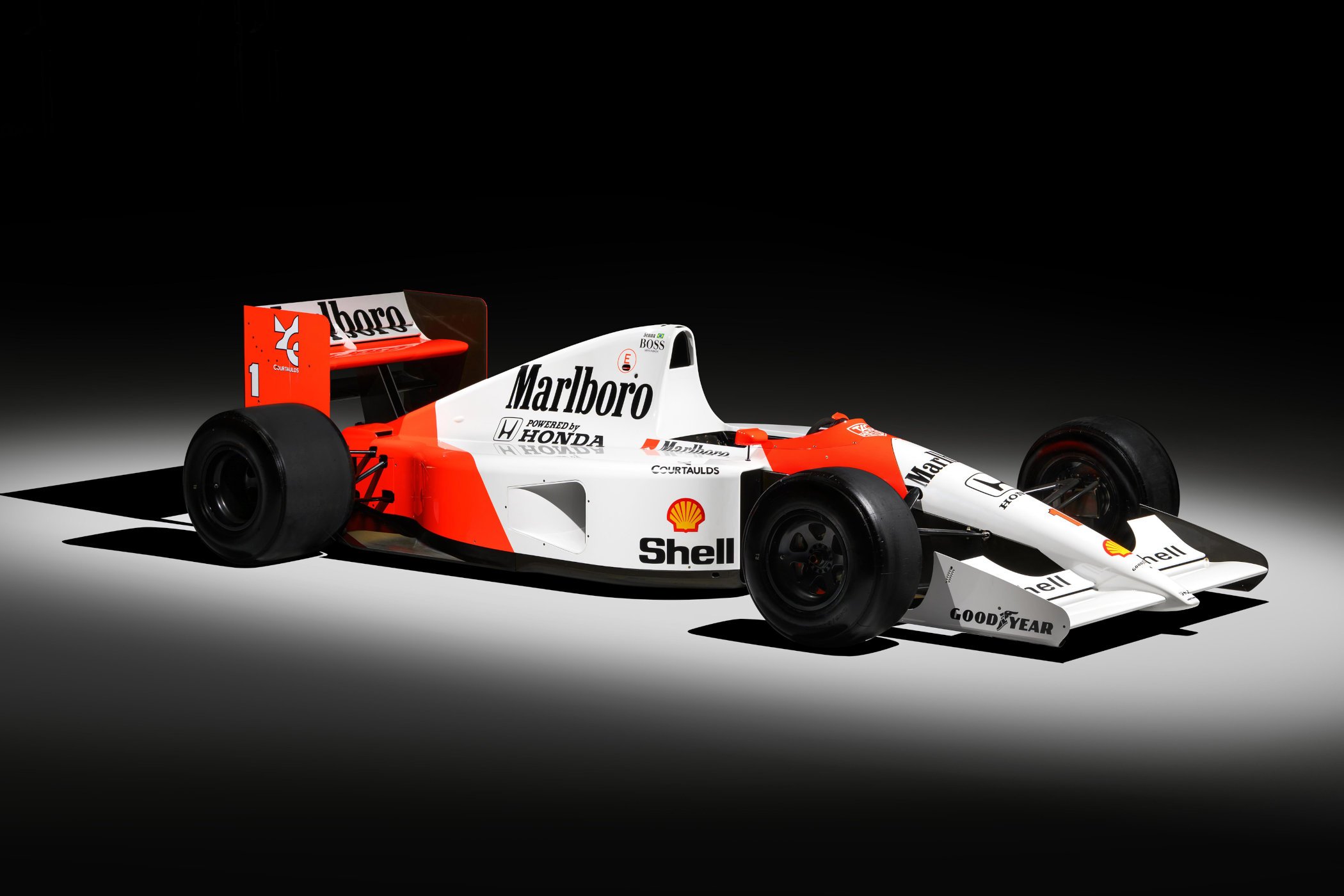
Sempre, Senna (Forever, Senna). Two simple words that pay tribute to one of motorsports’ greatest-ever racing drivers. Most will even say he was the greatest of all time, but that’s virtually impossible to determine. I am talking, of course, about Ayrton Senna da Silva, who remains one of the most loved icons of the sport, even more than 30 years after his unfortunate and tragic death at Imola in 1994. Senna transcended Formula 1 and became an icon for his relentless pursuit of racing perfection. Claiming three World Drivers’ Championships, 41 race wins and 80 podiums out of ‘just’ 162 starts, he has left an indelible mark on the sport. Driving for Toleman, Lotus, McLaren and Williams in his career, one of his finest racing machines is coming up for sale. And not only is it one of the best-looking and purest F1 cars ever made, it also gave Senna his first victory on home soil. But there’s more to the story…
The Senna Magic
Ayrton Senna da Silva, born on the 21st of March in São Paolo, Brazil, began his racing career in karting at the age of 13. Racing a self-built kart, with the engine from a lawnmower, he came in second in the Karting World Championship twice. By 1981, he had stepped up to Formula Ford and was dominating the British and European Championships in his first season. He then won the British Formula Three Championship, before progressing to the Big League: Formula 1!
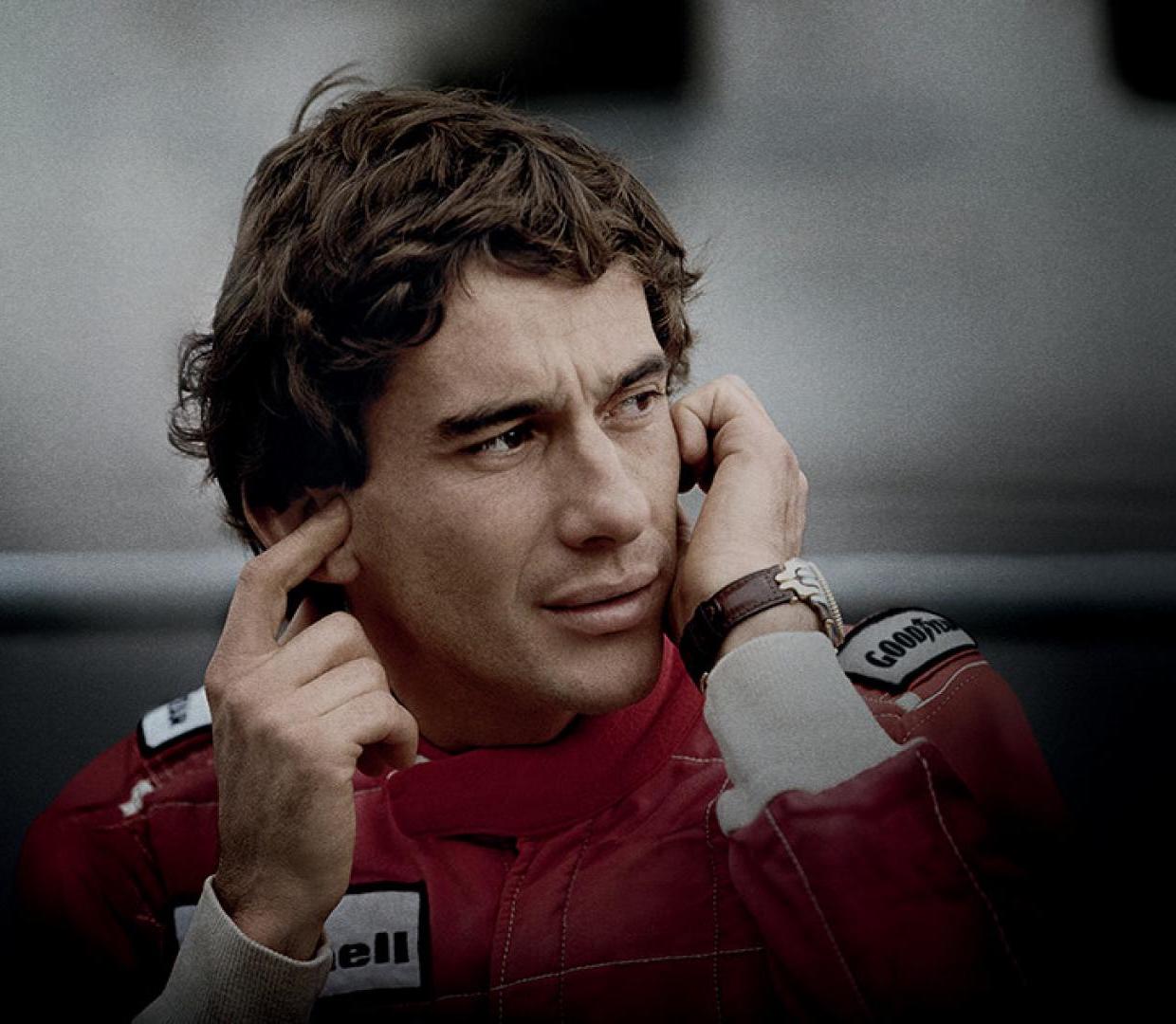
Following a rookie test ahead of the 1984 season, Senna signed with Toleman. Not being the most competitive team on the grid, the Toleman-Hart 415T that Senna piloted in his first ever F1 race, blew a turbocharger by lap 8 and retired from the race. One race later, he scored his first points at Kyalami, in South Africa, which he repeated two weeks later for the Belgian Grand Prix. Later in the season, he delivered one of his most memorable drives in rain-soaked Monaco. Qualifying 13th on the grid, Senna had climbed to second place by lap 19, passing Niki Lauda and moving on to catch race leader Alain Prost by 4 seconds a lap! The race was stopped on lap 31 due to safety concerns, as the rain got even heavier, prematurely stopping Senna’s charge to what would have been an almost certain victory.
Following his maiden season, in which he finished 9th overall, Senna switched to the team of Lotus. Dressed in the famous John Player Special black-and-gold livery, Senna piloted the 97T to victory in the second race of the season, and again in Belgium later in the year, as well as four more podium finishes. Things followed a similar path a year later: two race wins, 6 more podium finishes, and 4th in the championship. Moving from Lotus to McLaren for the 1988 season, in part thanks to his close ties with Honda built up over the 1987 season, Senna began showing his true capabilities. That year, his first with the team, he won 8 races in total and his first of three World Drivers’ Championships, with his teammate Alain Prost winning 7 more, and the only other race winner that year being Gerhard Berger in the Ferrari.
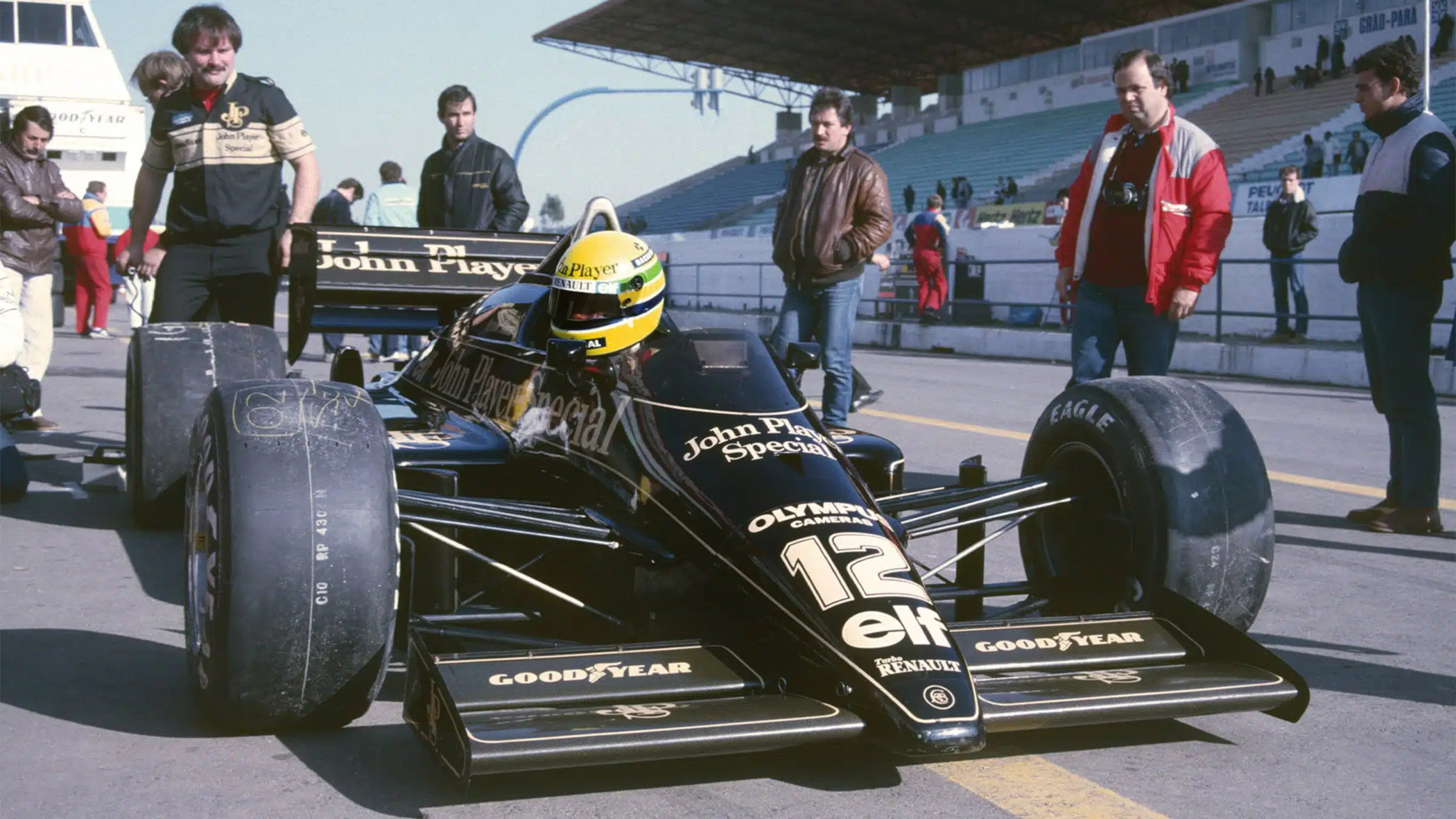
With such a close rivalry within a team, a clash of the titans would eventually happen. The two title contenders famously collided heading into the final chicane at Suzuka, ending Prost’s race. Senna continued after being pushed-started by track marshals, only to be disqualified for missing the chicane, guaranteeing the championship to Prost. A year later, with Prost now driving for Ferrari, the two collided again at the Japanese Grand Prix, as Senna deliberately steered straight on into the side of Prost heading into turn 1 on the opening lap. With both men out, and Senna in the lead with enough points to claim the title with one race to go, Senna claimed his second World Driver’s Championship.
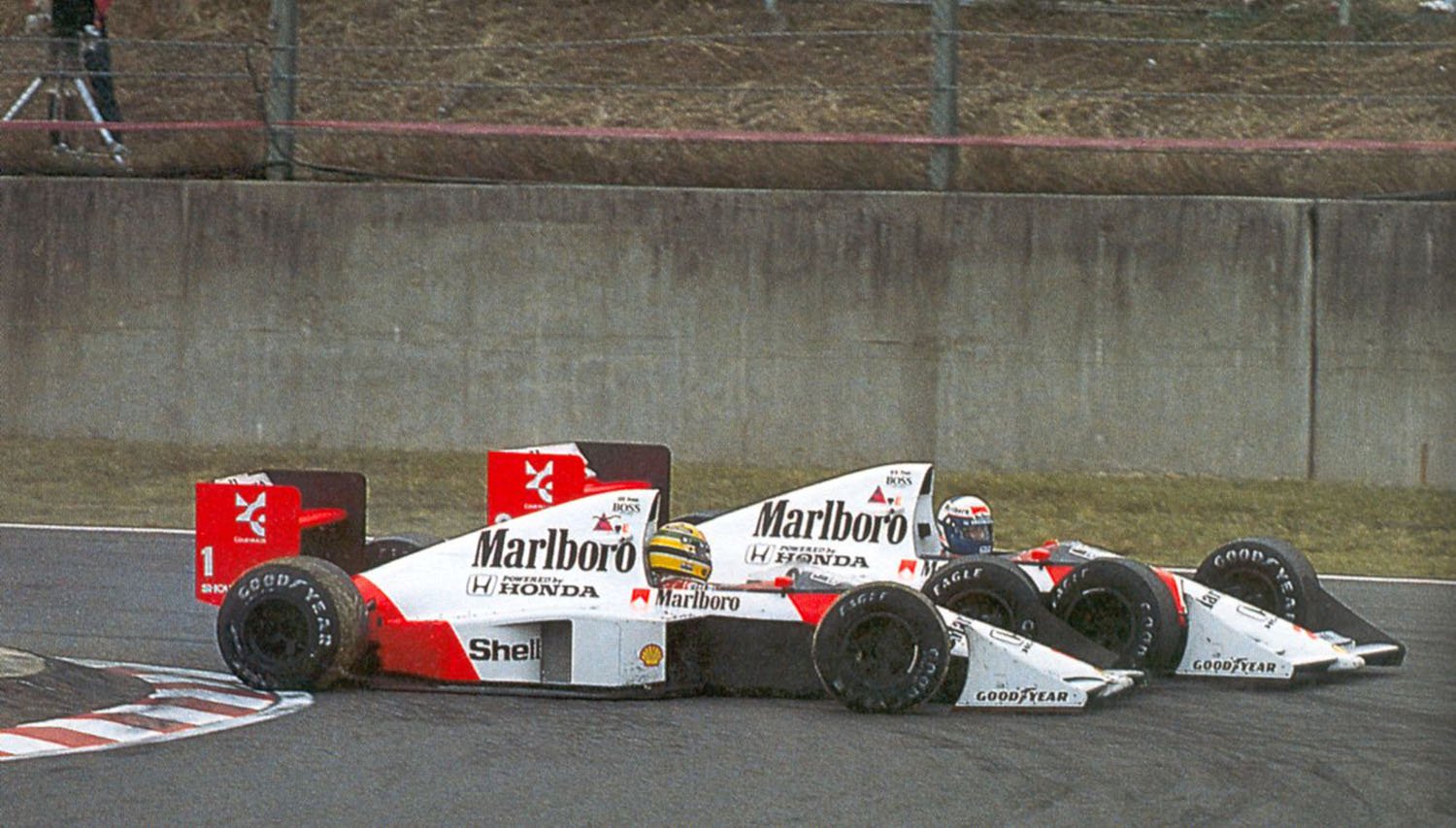
What followed was another very dominant year with McLaren in 1991 (more on that later), challenging seasons in 1992 and 1993, and Senna ended his partnership with McLaren and moved to Williams. The British team where the one to beat the years prior, and for the 1994 season had developed the FW15B. Senna had concerns about driver safety in F1 heading into the new season, as cars had gotten much more complicated and much faster. Disaster struck at the third race of the year, the San Marino Grand Prix at Imola. Even before the main race on Sunday, there were multiple heavy incidents, including Rubens Barrichello ending up upside down on the barricade, and Roland Ratzenberger fatally crashing out in qualifying. On lap 7 of the race, Senna shot off at the high-speed Tamburello corner, crashing into the tyre wall, reportedly due to a broken steering column. He was taken to the hospital by helicopter and pronounced dead later that evening, ending one of the biggest stars’ Formula 1 careers.
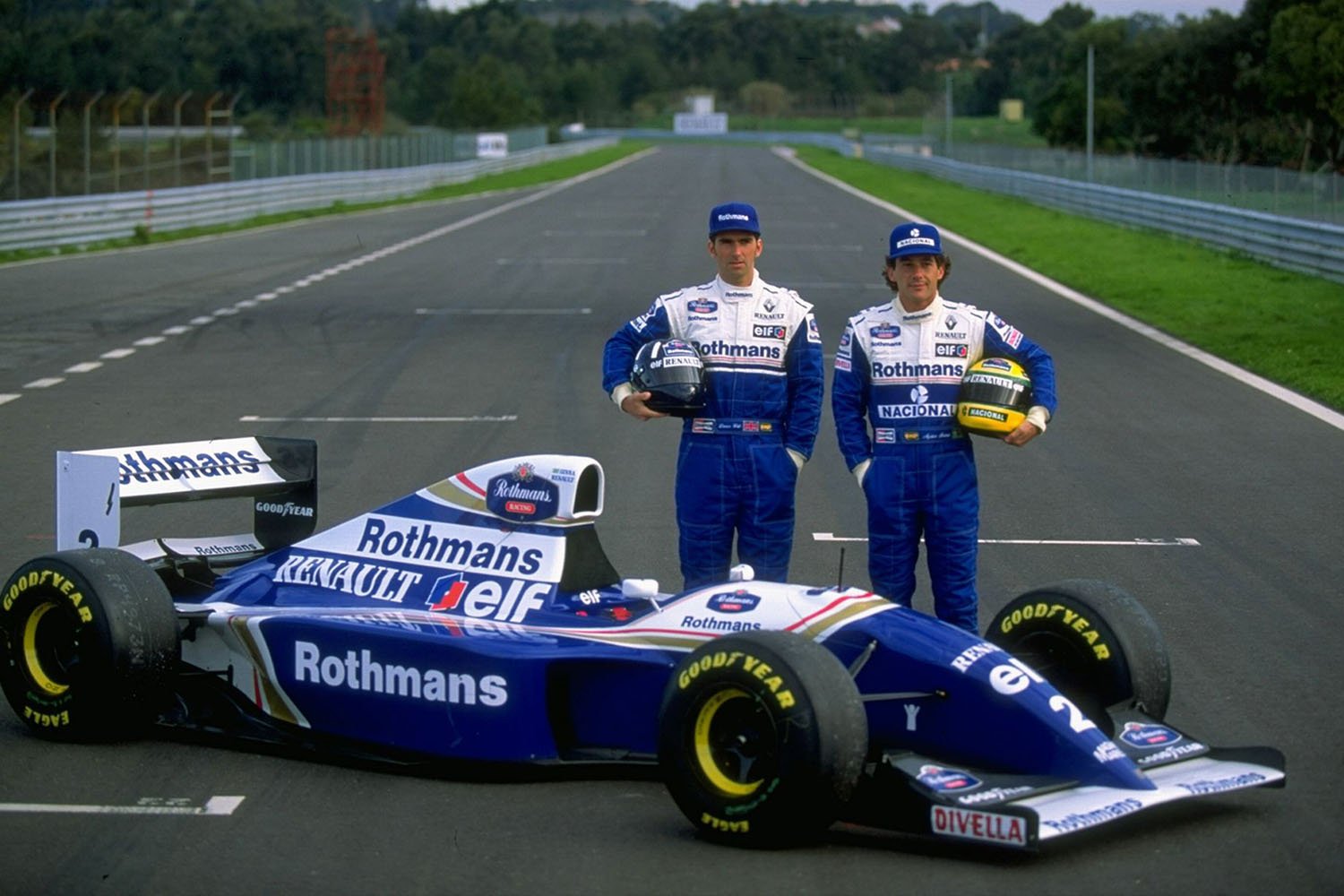
Nevertheless, his relentless attitude towards racing, perhaps best summed up by the legendary quote “If you no longer go for a gap that exists, you’re no longer a racing driver”, gave him an almost mythical status as one of the greatest ever. Senna received a state funeral, which drew thousands and thousands of Brazilians, bidding their Champion a final farewell.
The 1991 Brazilian Grand Prix
Although there are many stories revolving around Senna’s driving style and his strive to be the very best, the 1991 Brazilian Grand Prix win is one of his most memorable achievements. With the Honda-powered McLaren MP 4/6 at his disposal, Senna stood a solid chance of competing for the win, something that had eluded him prior to that year. Taking pole with a margin of 4 tenths of a second over Ricardo Patrese in the mighty Williams-Honda FW14, Senna had the best possible outlook for the race itself.
Shooting off the line, Senna immediately started building a lead over his competitors. By lap 8, he was already up three seconds. With Nigel Mansell catching him, however, due to his tyres getting worn, Senna pitted for new rubber and set off again. Leading by 7 seconds, it seemed inevitable for Mansell to catch back up again and pass the Brazilian for the lead. But, suffering a puncture due to debris on the track, the Britton was forced to pit for new tyres again. By then, Senna had a comfortable lead, but unbeknownst to others, he was plagued by gearbox issues. Senna lost fourth gear, then fifth and third, and eventually only had first and sixth gear left.
Having to navigate the undulating Interlagos circuit in sixth gear only, he managed to hold on to the lead by 2,9 seconds despite a fast-charging Ricardo Patrese, and he won his first-ever Brazilian Grand Prix. The tremendous strain of controlling the car for the remainder of the race caused severe neck and shoulder cramps, and he was unable to step out of his car on his own. Others lifted him from the car before he was driven to the podium, receiving his much-desired victory trophy! Later, he claimed that God gave him this race win, such was the stress on his body to keep the car on track. That year, Senna won 7 races in total, claiming his third and final World Drivers’ Championship ahead of Nigel Mansell and Ricardo Patrese.
The McLaren-Honda MP 4/6
The McLaren MP4/6 that granted Senna that elusive first win in Brazil is hugely important for multiple reasons. First and foremost, for the incredible story of the 1991 São Paolo Grand Prix. Secondly, it is the last championship-winning V12-powered F1 car and the last to win a race with a manual gearbox. It was developed by Neil Oatley and his crew, and made its racing debut in the 1991 season, replacing the successful MP4/5B that gave Senna his first title in 1990.
It used a carbon fibre monocoque chassis, and power came from a naturally aspirated 3.5 litre V12 by Honda, after the FIA banned turbocharging a couple of years prior. The engine had a redline of 13,500 rpm and an output of 735bhp at the beginning of the season, but was developed to produce 780bhp at 14,800 rpm later on in the year, all fed through a manual six-speed gearbox. The car proved successful right out of the gate, winning the first four races of the year, including the Brazilian Grand Prix as detailed above. It won seven races overall at the hands of Senna, and one more with Gerhard Berger behind the wheel, clinching both the World Drivers’ and World Constructors’ Championship.
This very car, chassis MP4/6-1, surprisingly raced only once, making the Brazil win in this car that extra bit special. It was preserved by McLaren for almost 30 years before the team sold it to a private owner in 2020, who is now offering it through RM Sotheby’s Sealed program. To me, the MP4/6 remains one of the purest, most beautiful F1 cars ever created, with simple and elegant lines, brutal power and piloted by one of F1’s ultimate greats.
Now comes the hard part. As you can imagine, such an important piece of history, perhaps even transcending Formula 1 fandom, doesn’t come cheap. There is literally only one of these around that can claim it came across the 1991 Brazilian Grand Prix’s finish line in first place. The estimate is set at USD 12 million to USD 15 million, and it’s offered through a sealed bid auction. It’s part of the Sealed-Forever Senna event, hosted over the weekend of December 8th through December 11th. Whoever snatches this up at the cost of many millions (more than the estimate, I suspect), better put this on display somehow, somewhere, because this deserves to be seen!
For more information, please visit RMSothebys.com.
Editorial Note: The information used and images portrayed in this article are sourced from and used with permission of RM Sotheby’s, unless stated otherwise.

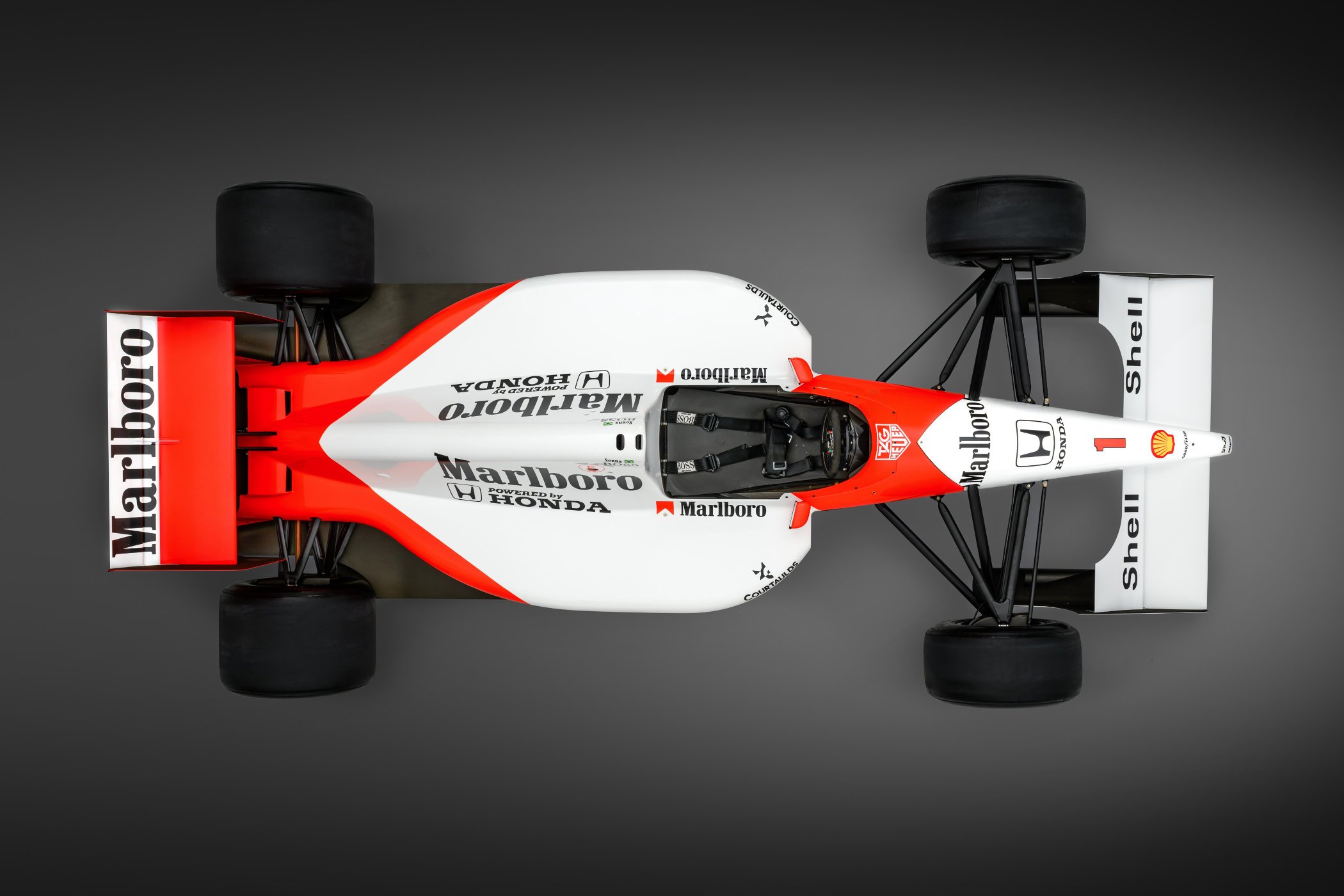

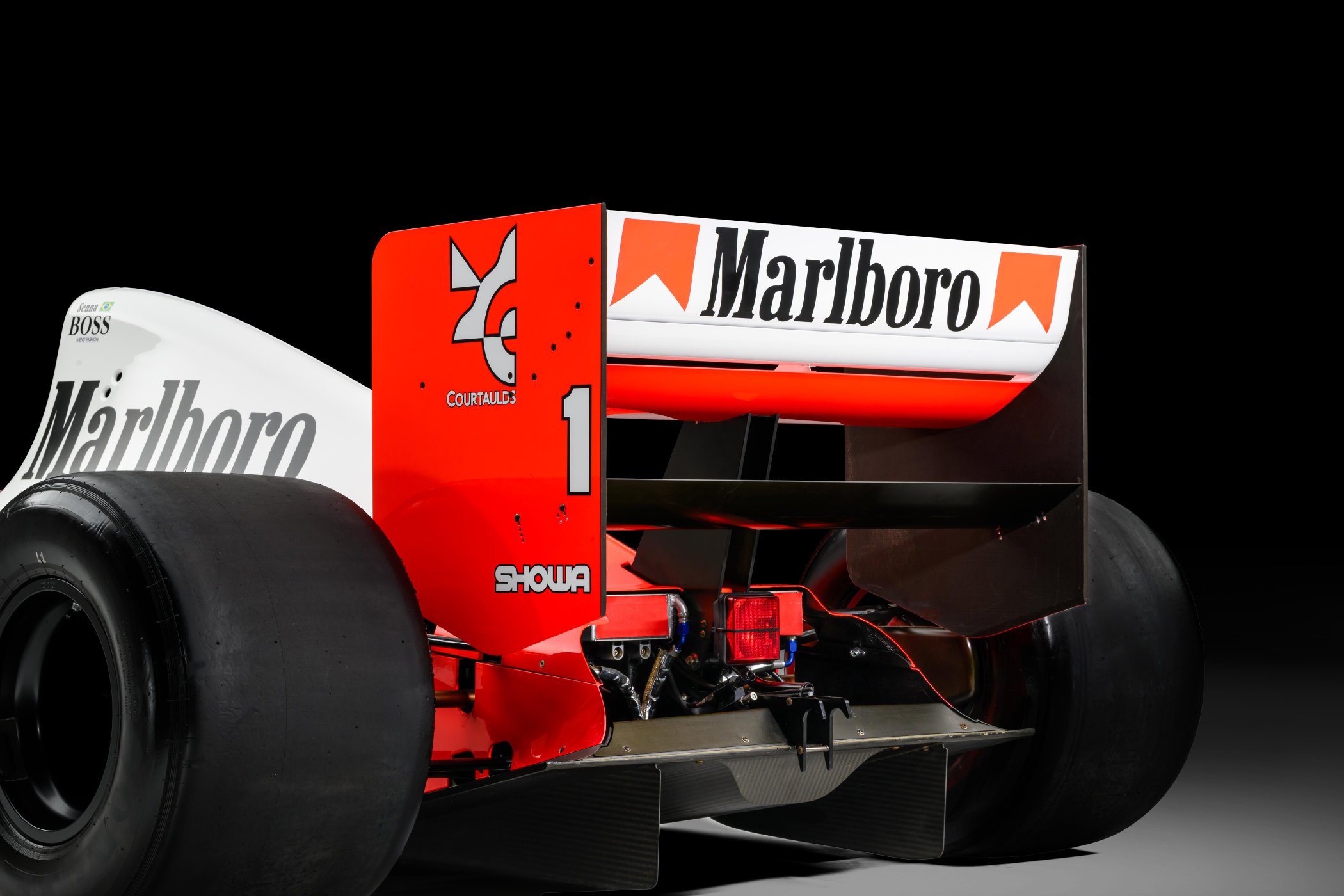
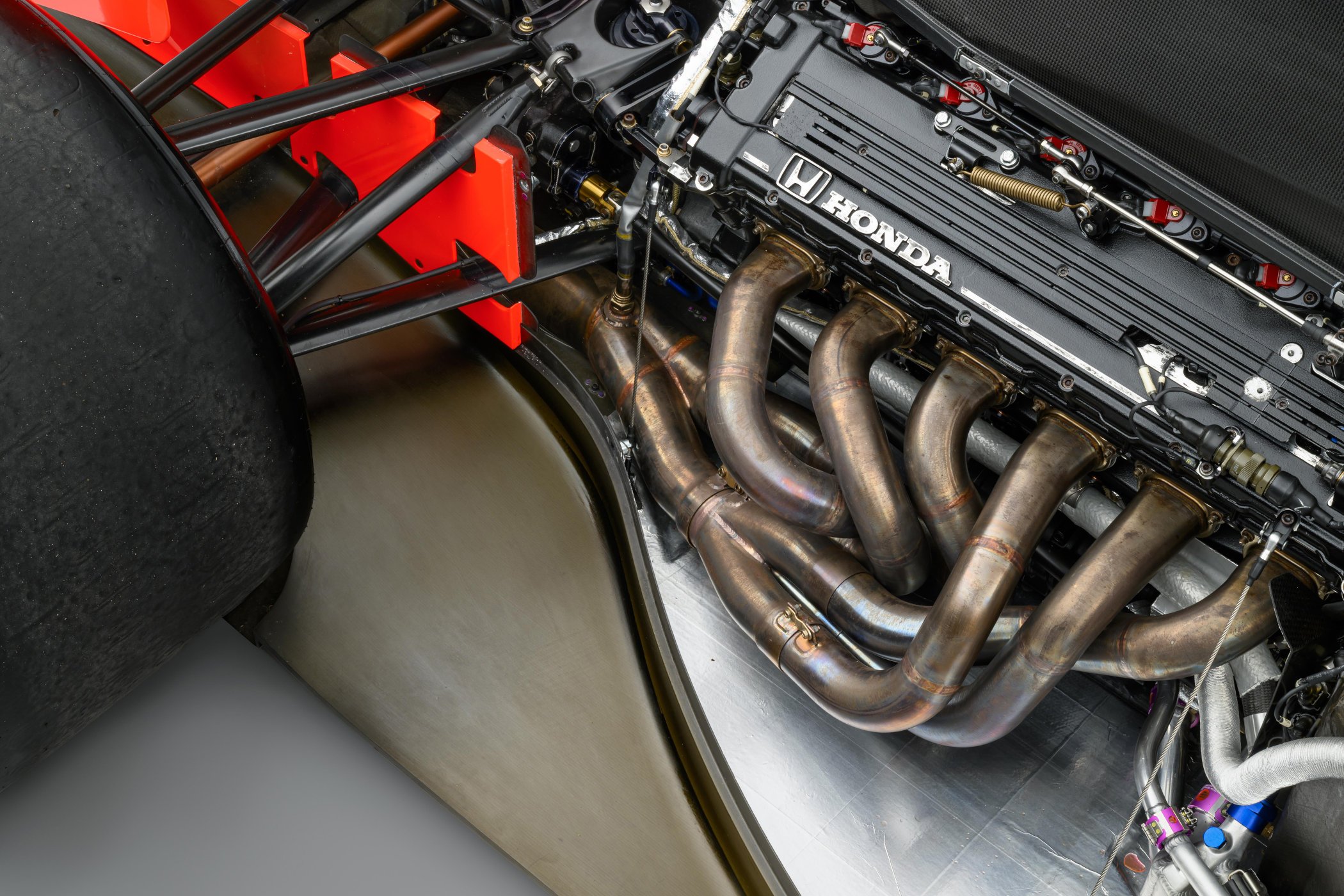
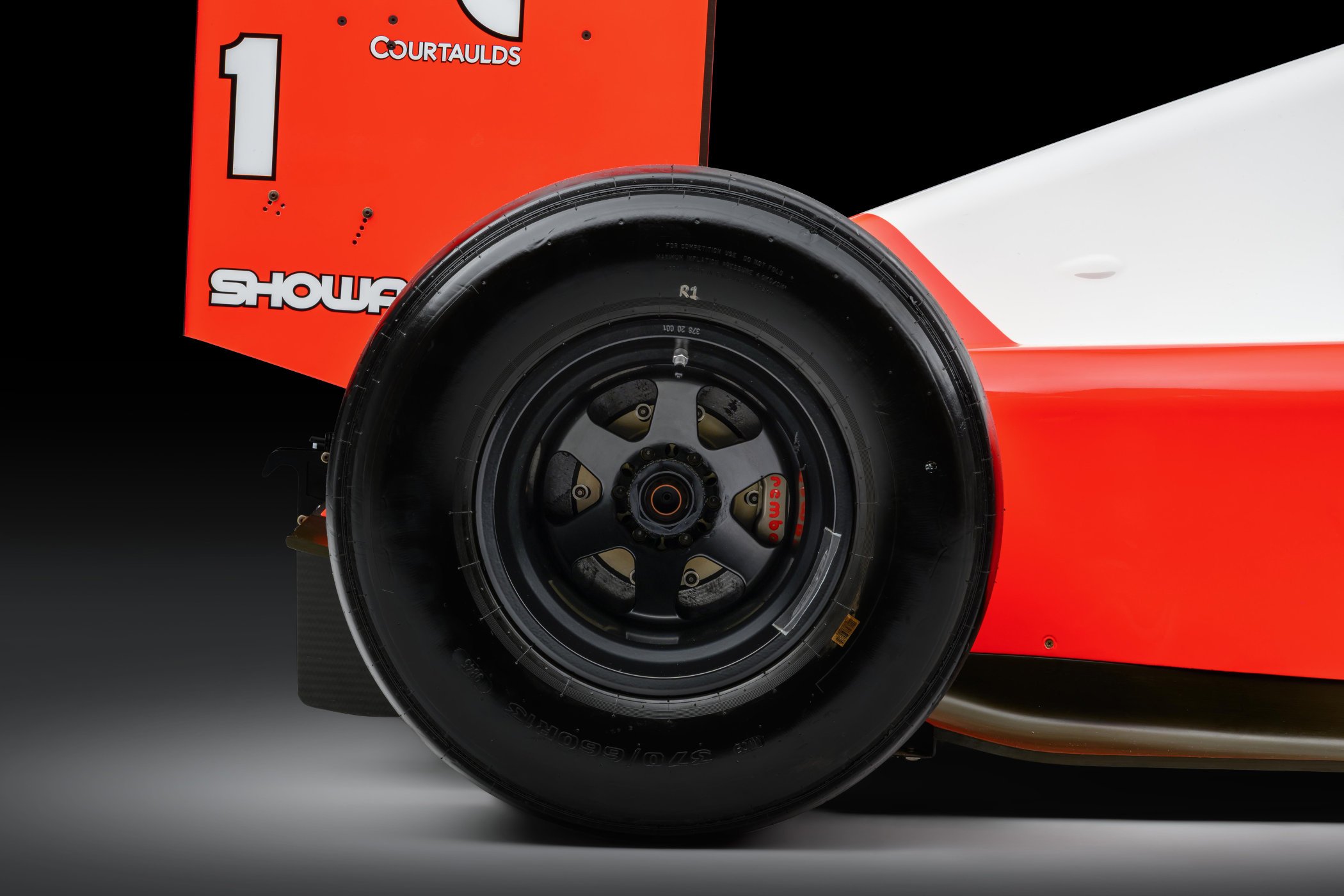
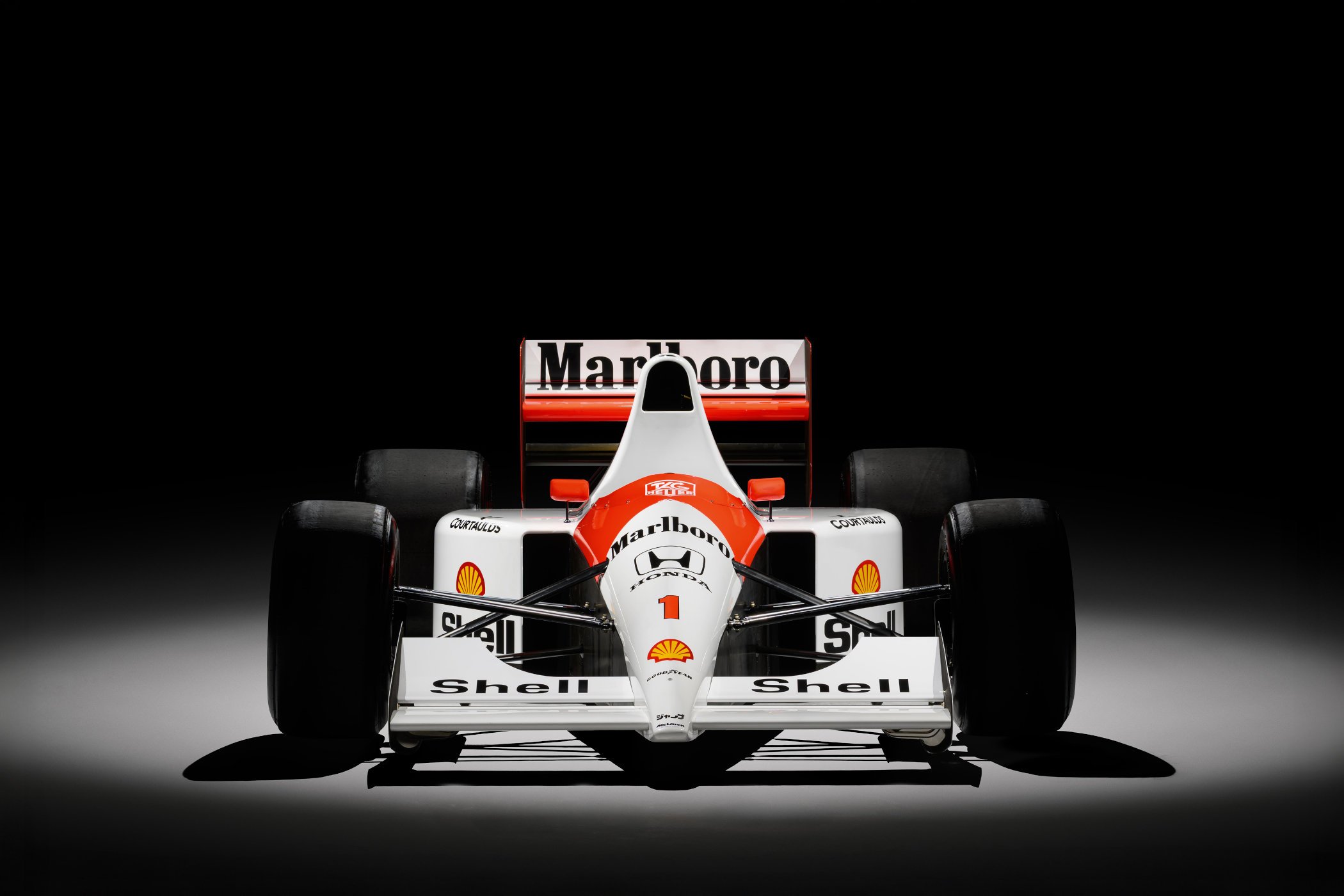
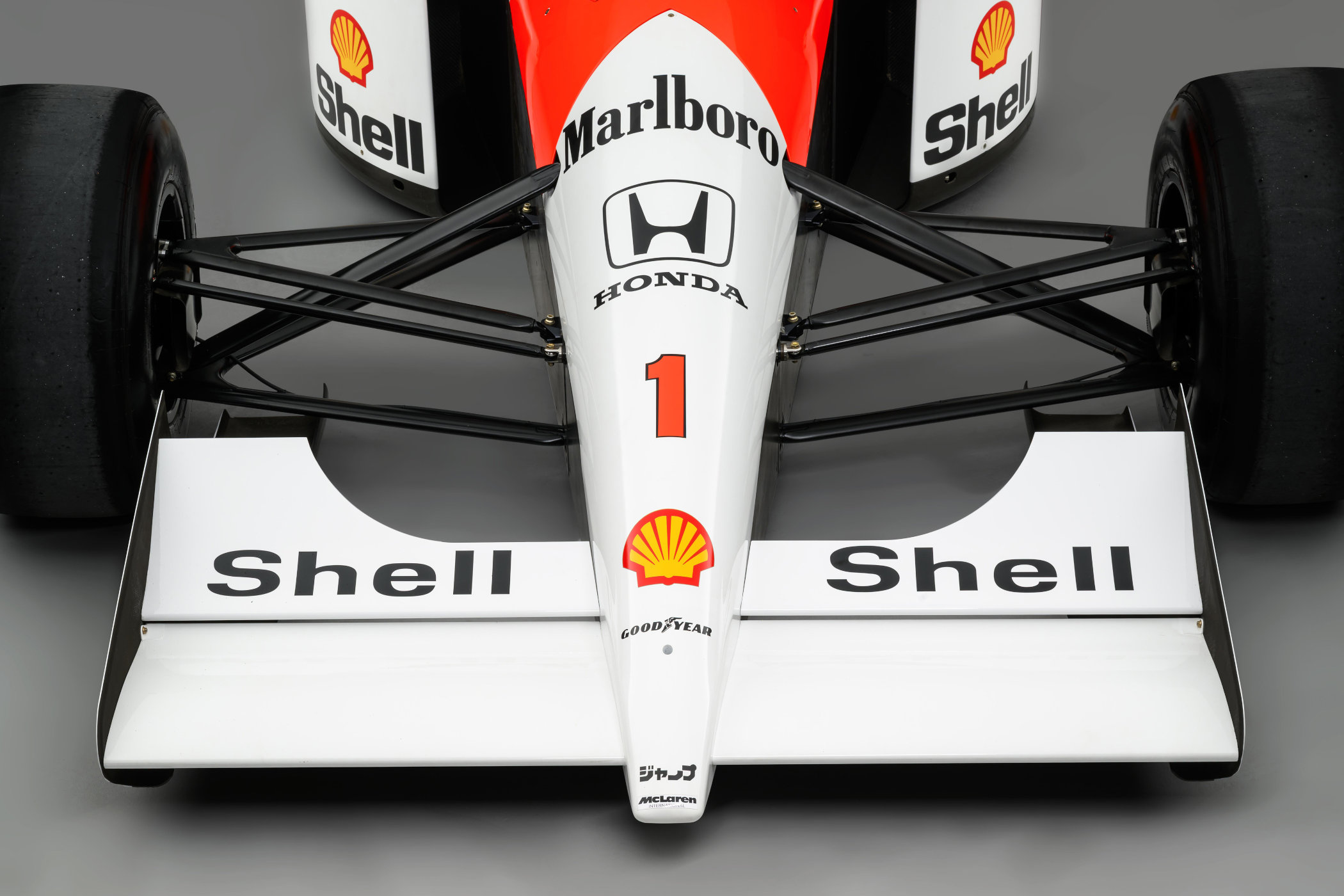
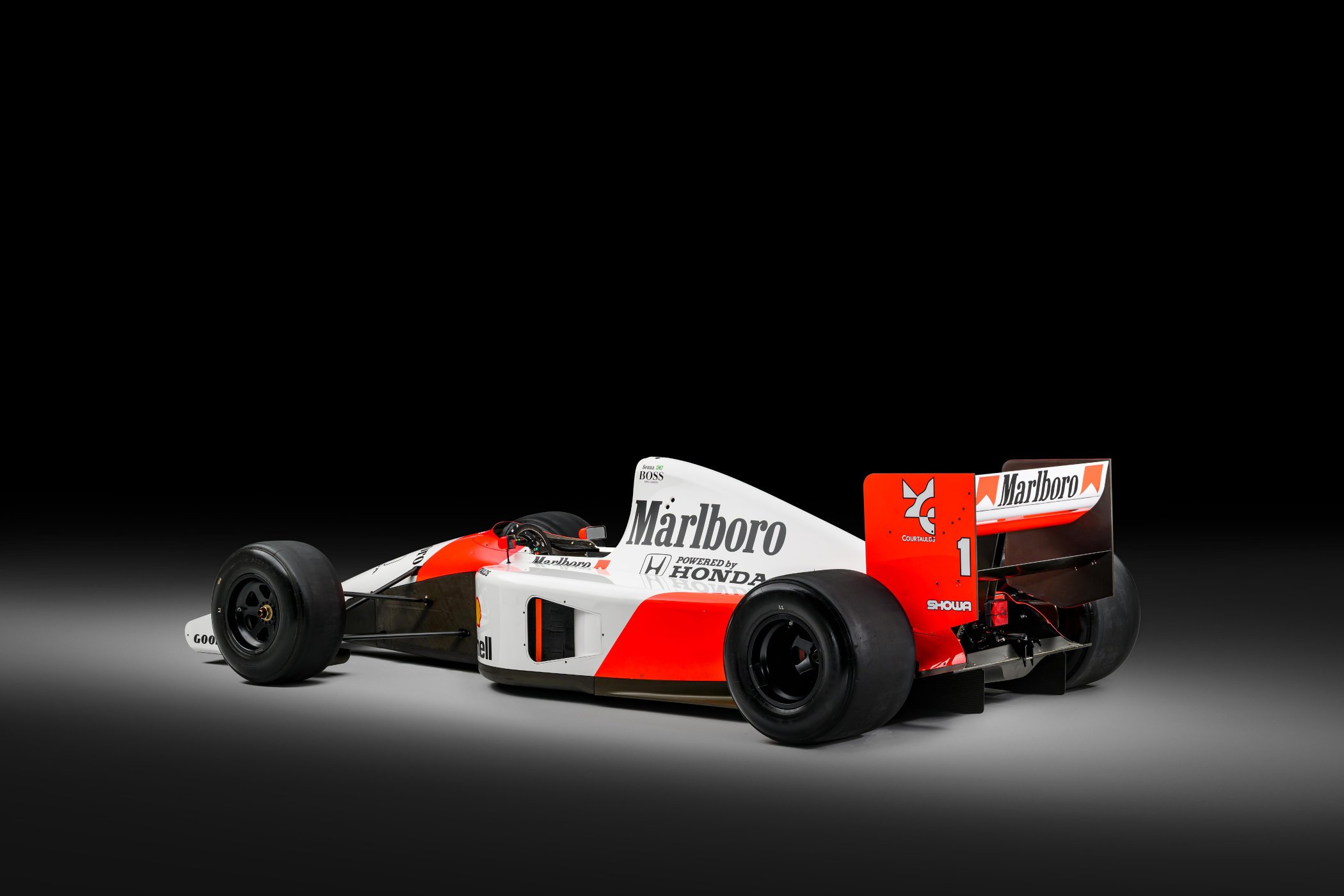

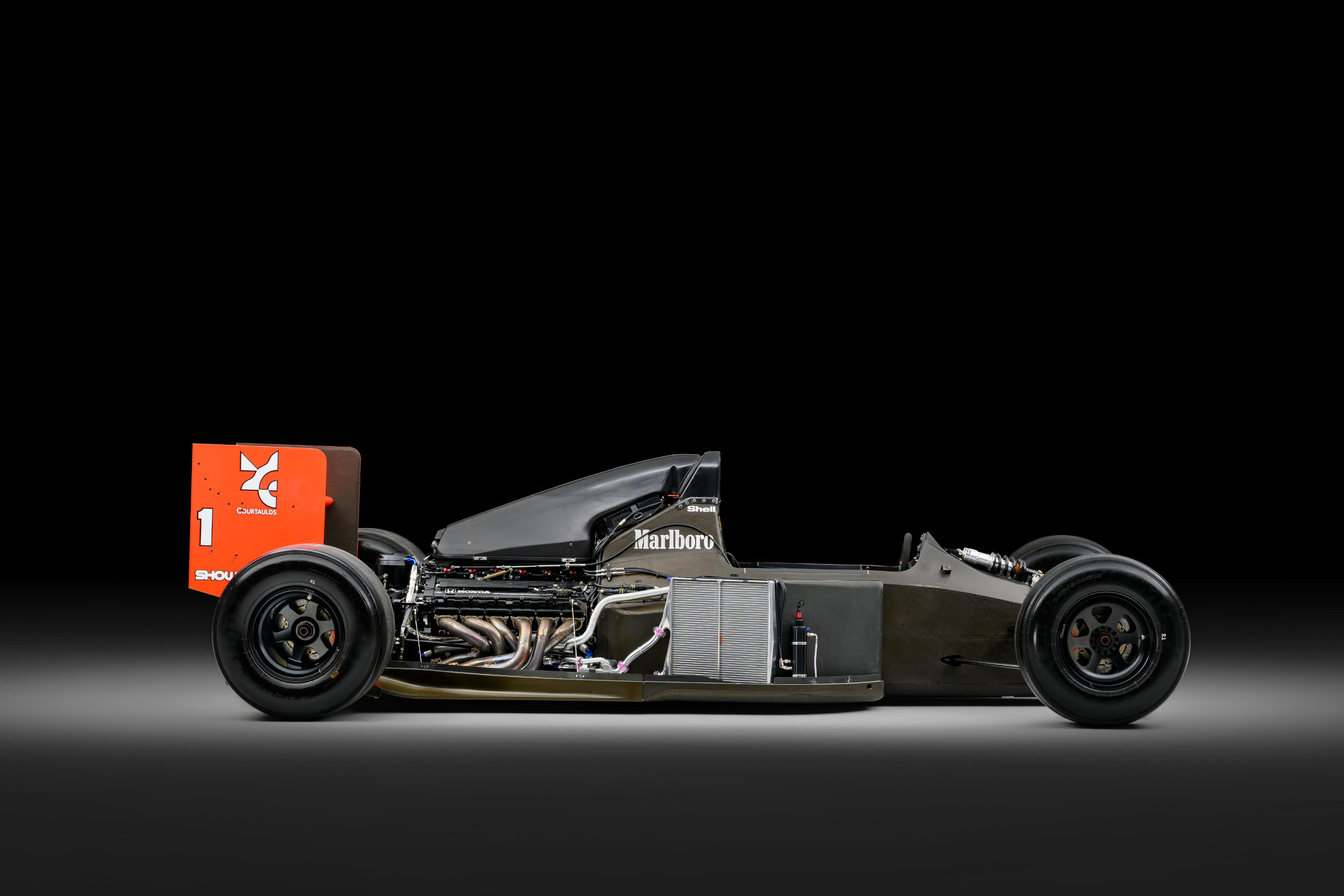
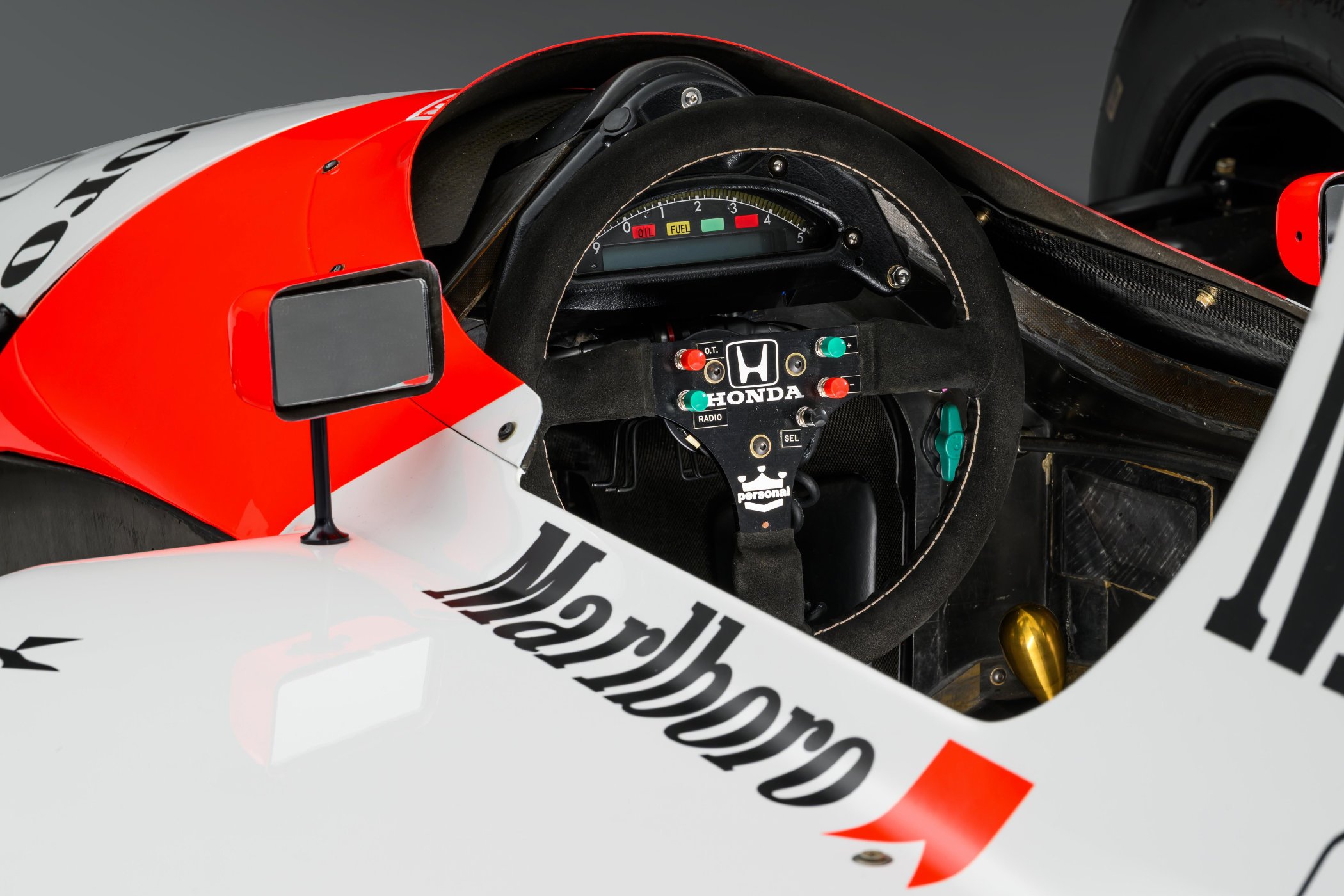


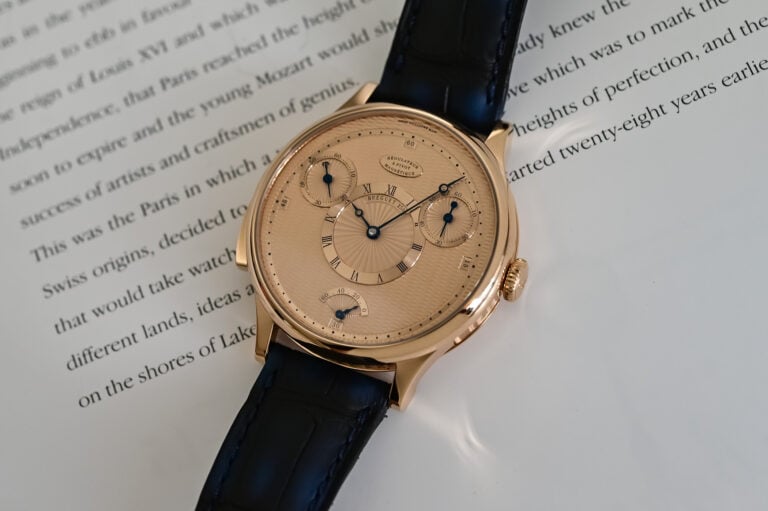

1 response
Riccardo Patrese – 2 C’s.